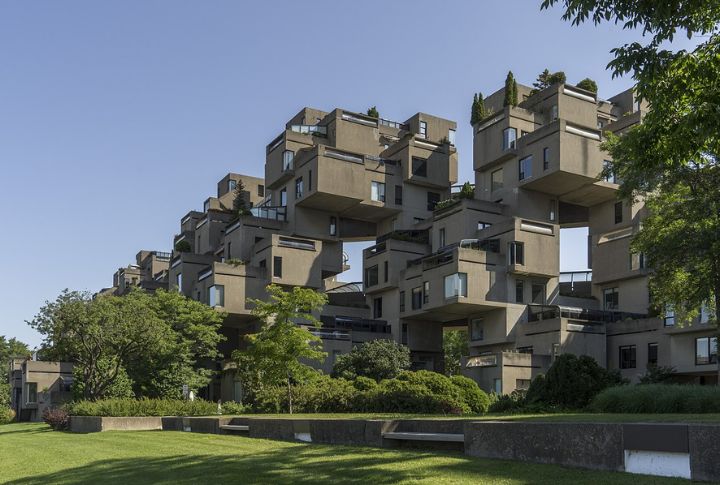
Not every building tells a story, but modern architecture shouts its origin through steel beams and stripped-down walls. This movement wasn’t just a style shift. You could say that it was a full-blown design rebellion that shaped how you live and work. If you’ve ever wondered where it all began, this article gives you the answers you didn’t know you needed.
Form Follows Function
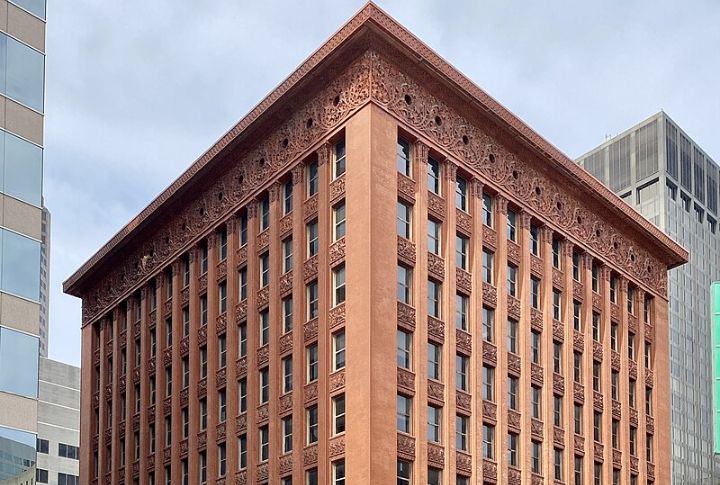
A single idea flipped architecture on its head: buildings should be honest. Louis Sullivan introduced “form follows function” in 1896, and nothing looked the same again. Architects began creating spaces based on how people use them. When structure reflects purpose, the result is a principle that still influences how we build today.
A Rejection Of Ornamentation

Forget frilly columns and excessive carvings. Modern architecture tossed tradition out the window in the early 20th century, favoring clean lines and honest materials. You’ll spot this rebellion in Bauhaus structures and early works by Adolf Loos. It lives in every unadorned beam, where design speaks plainly without the need for decoration.
New Materials Took Over
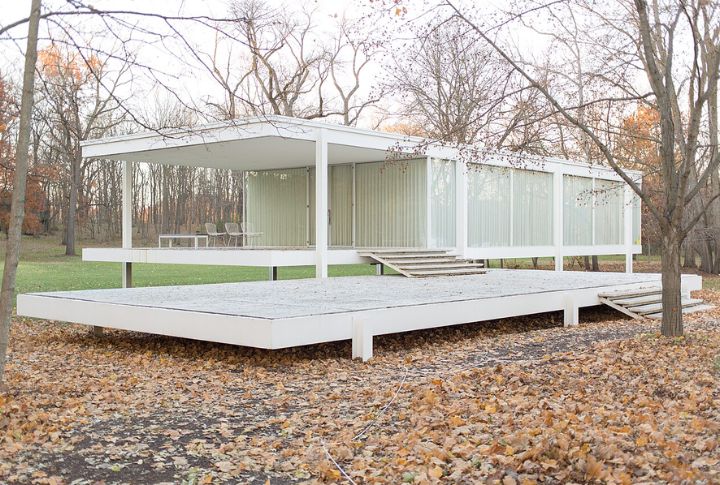
Steel, glass, and reinforced concrete—your contemporary skyline owes them everything. These innovations let architects defy gravity with cantilevers and open interiors. In the 1920s and 30s, materials stopped being hidden and started being celebrated. Every exposed surface told a story of intent. If the bones are beautiful, why cover them up?
Le Corbusier Led The Way
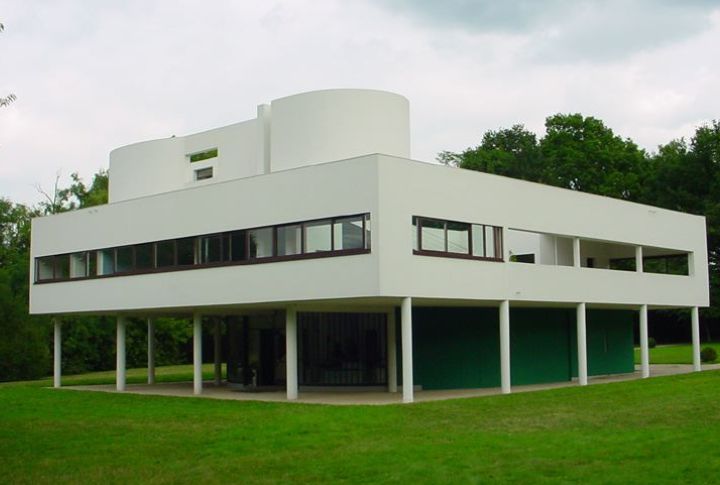
Who gave modernism its rhythm? Le Corbusier. By the 1920s, his “Five Points of Architecture” (including pilotis and roof gardens) revolutionized how you live and breathe in space. He believed houses should be machines for living. Sounds cold? The result was clarity in form, where every element served a deliberate role.
The Machine Concept Took Hold
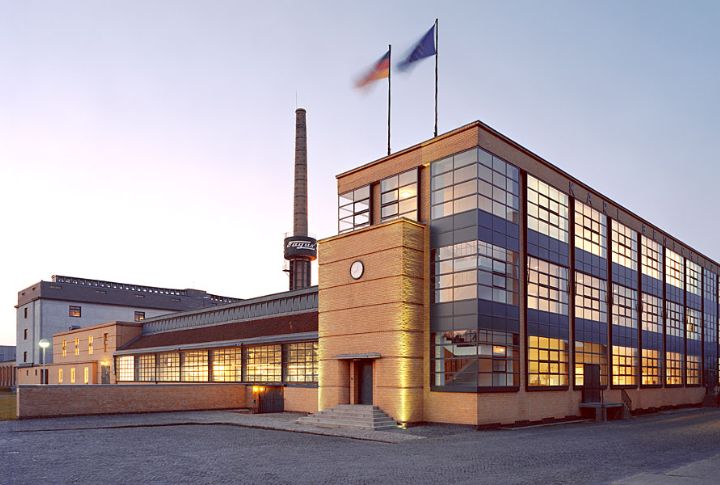
Streamlined and intentional, structures began to take on the character of machines. Designs emphasized repetition and exposed finishes that prioritized use. Every detail served a purpose, with nothing added for show. It wasn’t cold. This expression of design offered a kind of beauty driven by logic, crafted to support how people live.
The Rise Of Bauhaus
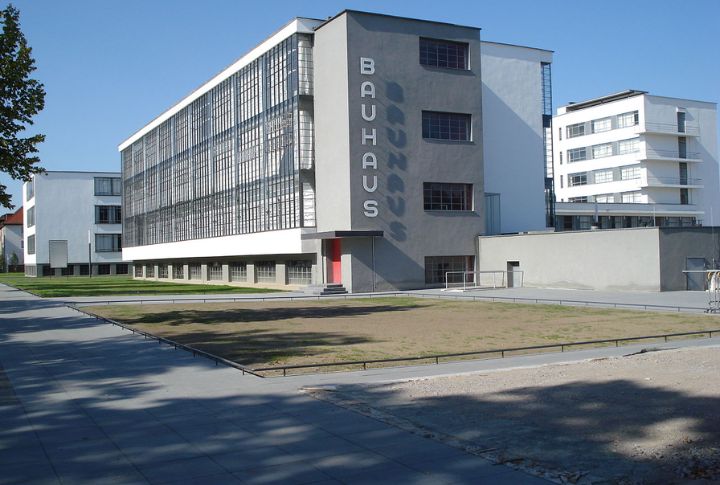
Established in Germany in 1919, the Bauhaus began as a school but quickly became a global movement. It united art, industry, and craft with a focus on practical function. The clean forms and stripped-down features seen in modern buildings today owe much to its groundbreaking approach.
War And Recovery Shaped The Movement’s Spread
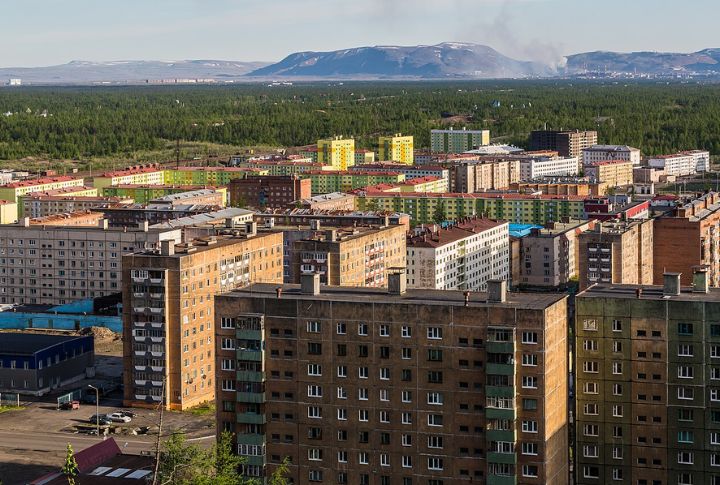
After WWII, cities needed rapid reconstruction. Efficient development methods offered fast, cost-effective solutions through modular design. European governments adopted it widely, reshaping urban development. Prefab housing and streamlined public structures became common. What began as a necessity evolved into a design standard that still influences how cities rebuild and grow.
Furniture Followed The Same Philosophy

Look at that Barcelona chair or Eames lounger. Do you notice anything? Those iconic pieces followed the same rules as buildings: form and no fluff. Architects didn’t stop at blueprints. They reshaped how you sit and even recline. It’s functional beauty that works hard while looking effortless.
Its Impact Is Still Felt Today

The ideas introduced decades ago continue to influence contemporary design. Spatial flow now replaces rigid walls, while materials serve both environmental and human needs. Homes feel less like compartments and more like cohesive environments. What you see isn’t trend-driven. The result comes from a deeper shift in how your surroundings support everyday life.
Cities Were Redesigned Around The Function

Ever wondered why your neighborhood has a park, a market, and a logical layout? That’s modernist urban planning. Visionaries like Le Corbusier reimagined cities in zones—housing here, commerce there. It wasn’t always perfect, but it changed how planners and architects shape the places you move through daily.

